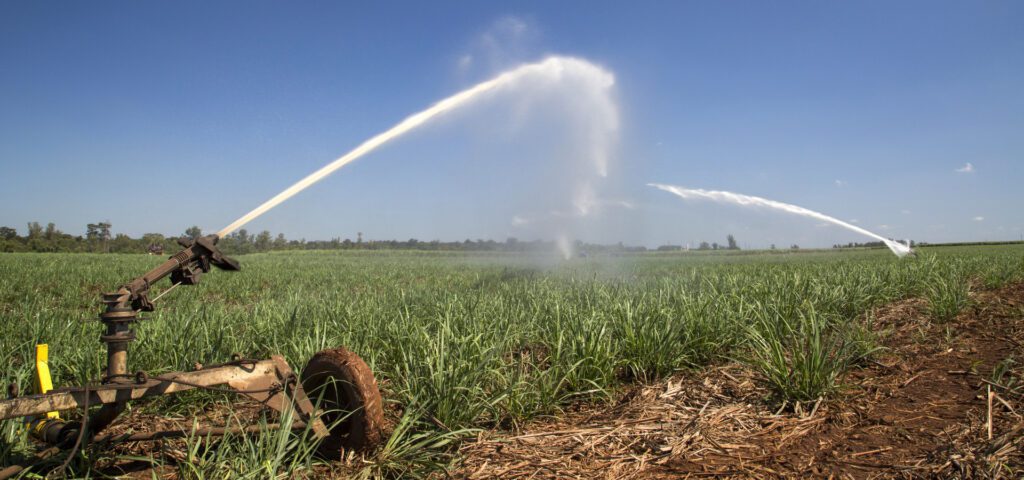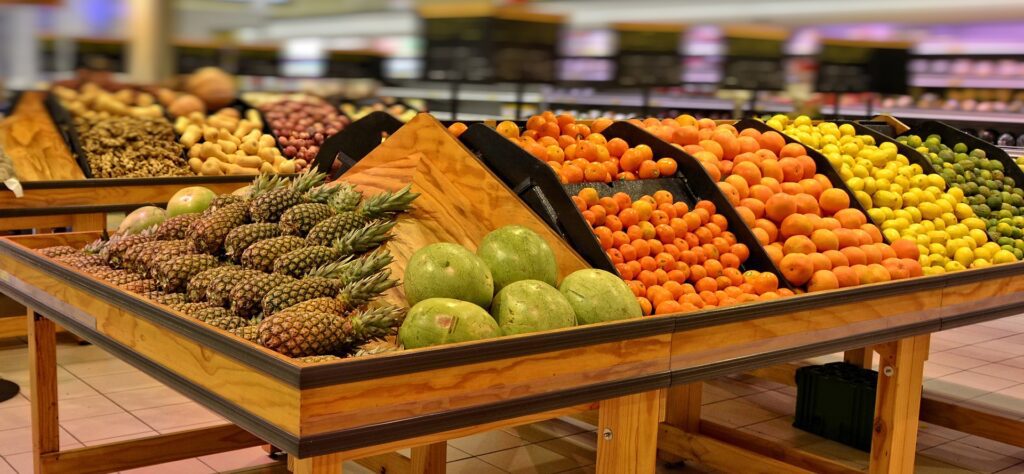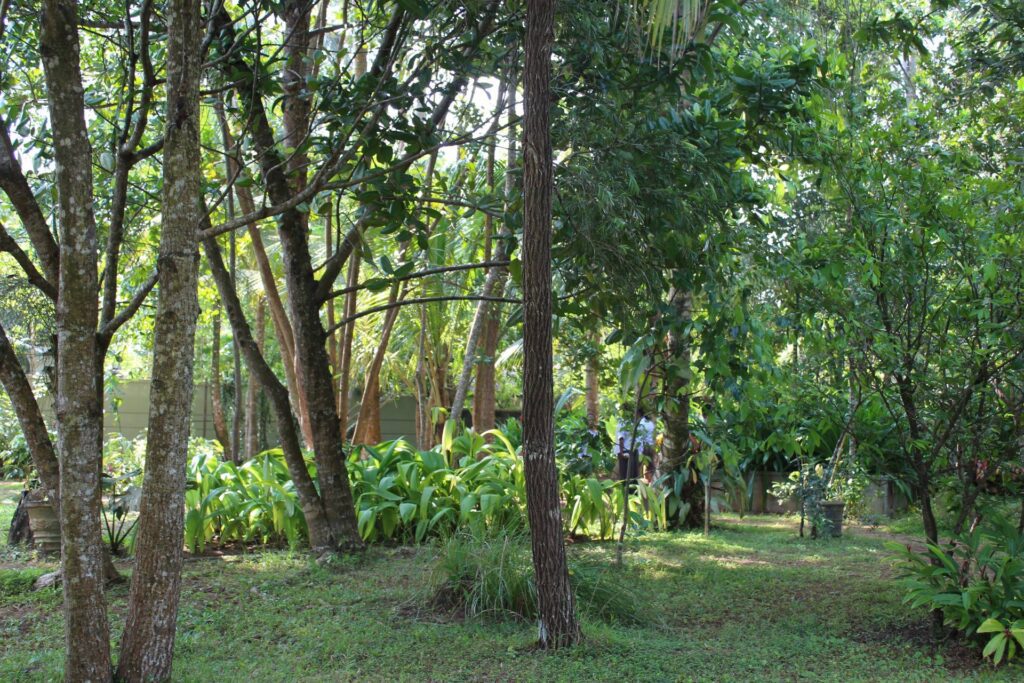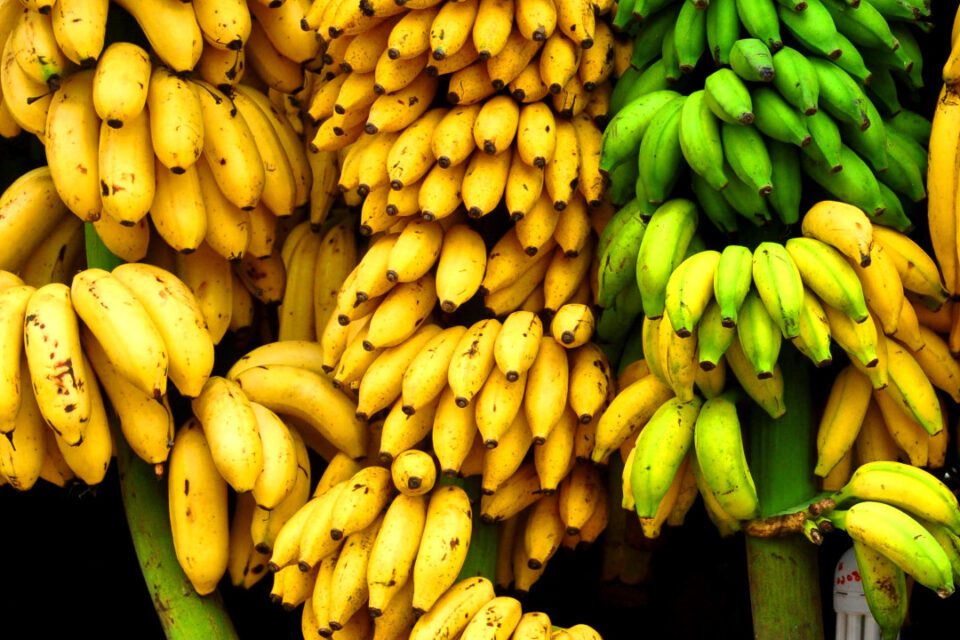On a recent field trip in El Salvador, I was surprised by how much of the prime agricultural land in the country is used for growing sugarcane. It was everywhere—specifically at lower altitudes. To be more precise: it concerned irrigated, high-input, and probably subsidized sugarcane. This highly productive farming system contrasted with the small-holder farms that eke out a meager living in the more remote, hilly, and marginal areas we visited.
Sugarcane is the world’s largest crop by production quantity and accounts for 79% of sugar produced globally (Wikipedia).

However, over-consumption of refined sugar (in sodas, snacks, bread, cakes, cookies, sauces, tea & coffee, etc.) is associated with a poor diet and contributes to the ongoing health crisis—characterized by obesity, diabetes, high blood pressure, and cardio-vascular disease—in large parts of the world (Mark Hymans—Food Fix).
So, are we using prime agricultural land and scarce water resources to grow something (in this case sugar) that we should, in fact, not consume? Or only eat as a treat or condiment—in limited quantities? This question equally applies to other monocrops such as corn and soy that are transformed into ultra-processed industrial food, or that are not even intended for human consumption (but rather as feed for livestock).
It is an important question because globally some 70% of renewable water resources are used for irrigated agriculture. This percentage is higher in low-income countries and lower in high-income countries. Nevertheless, agriculture is by far the dominant water user.
Remarkably, food that is good for you is also good for the environment, our depleted soils, our scarce water resources, and the biodiversity of plants, animals, and pollinators, and it helps reverse climate change (Food Fix, p55)
People are fed by the food industry, which pays no attention to health, and are healed by the health industry, which pays no attention to food (Wendell Berry, as quoted by Mark Hymans in Food Fix)
The “cheap” food that causes disease is not so cheap after all (Food Fix, p16)
“when we talk about food systems, we imply water”

It appears we are currently facing several connected and overlapping crises. There is a water crisis because of too much irrigation. There is a health crisis because we eat too much ultra-processed food and not enough fresh whole foods. There is a biodiversity crisis because forests have been cleared for monocrop cultivation (with too much pesticide). There is a top-soil crisis because of industrial agricultural practices that produce food that we, in fact, do not need. There is a rural development crisis because imported (subsidized) bulk food is cheaper than whole foods grown locally by smallholders. Further, the climate crisis is aggravated by loss of soil carbon because of intensive industrial farming.
Taking the above into account, the way forward seems crystal clear. Or so it seems.
There are seven meals between civilization and anarchy (Spanish saying)
Many governments remain concerned about food security and assert that adequate quantities of ‘cheap’ calories are still needed, specifically for the urban poor. Further, most people do not want to be told what to eat and want the government to stay out of their kitchen and life. In addition, there are vested interests in the agricultural sector and food industry, both at national and international level. Moreover, with only a fraction of farmland used to grow vegetables, we simply do not produce enough fruits and vegetables for a healthy diet. Note that according to Marc Hymans and other doctors, a healthy diet should consist of 50% fruit and vegetables.
Nevertheless, you can see the contours of a healthy and environmentally sustainable food production system that addresses concerns about water scarcity and supports rural development. In El Salvador and other parts of the (sub) humid tropics, surprisingly (or perhaps not), a system focused on producing more vegetables and fruits resembles the traditional farming system. This is characterized by a mosaic of layered and low-density productive trees that leave ample space & sunlight for diverse productive shrubs and under-storey plants—and create micro-climates—with only limited acreages reserved for broad-acre agriculture that is fully exposed to the intense tropical sun and associated high evapotranspiration rates.
The traditional farming system, however, is perhaps best used as a starting point. It can for example be combined with infrastructure that provides water security at farm level such as small reservoirs, soil & water conservation interventions, facilities to recharge local groundwater, small-scale irrigation systems that use local water sources, and so on. Diverse state-of-the art practices in tropical agriculture can also be introduced to increase yields and pursue other benefits.

Thus, using the traditional farming system as a template does not imply a rejection of modern science and practices. That said, I do think that broad-acre high-input cultivation (with tillage) of maize, soy, and similar crops—exposed to intense sunlight and high levels of evapotranspiration—is the wrong approach in the tropics if water resources are scarce and soils are poor.
Converting monocrop estates back into something more suitable for the tropical environment, and that also supports rural development while addressing the growing health crisis, is of course an exceedingly difficult process that is fraught with practical (and political) obstacles. Nevertheless, it is something to keep in mind when reviewing existing land policies, agricultural policies, environmental policies, trade policies, health policies, and what have you. After all, it’s a stone that can kills many birds.
Postscript
If you wish to promote rural development, it is important that the proceeds of rural farming go to local farmers; it implies higher farm-gate prices, no matter what.
It’s an insightful presentation that explains why sugar and ultra-processed food are the root cause of the growing health crises. In his assessment, some 75% of health care funds in the USA are spent on chronic disease, 75% of which is caused by an unhealthy diet. His definition of healthy food is: “protect the liver; feed the gut, support the brain”.
His talk implicitly makes the case for reducing sugarcane cultivation and increase the production of locally grown vegetables and fruits.
REFERENCES
Food Fix, How to Save our Health, Our Economy, Our Communities, and Our Planet—One Bite at a Time; Mark Hymans, 2020
